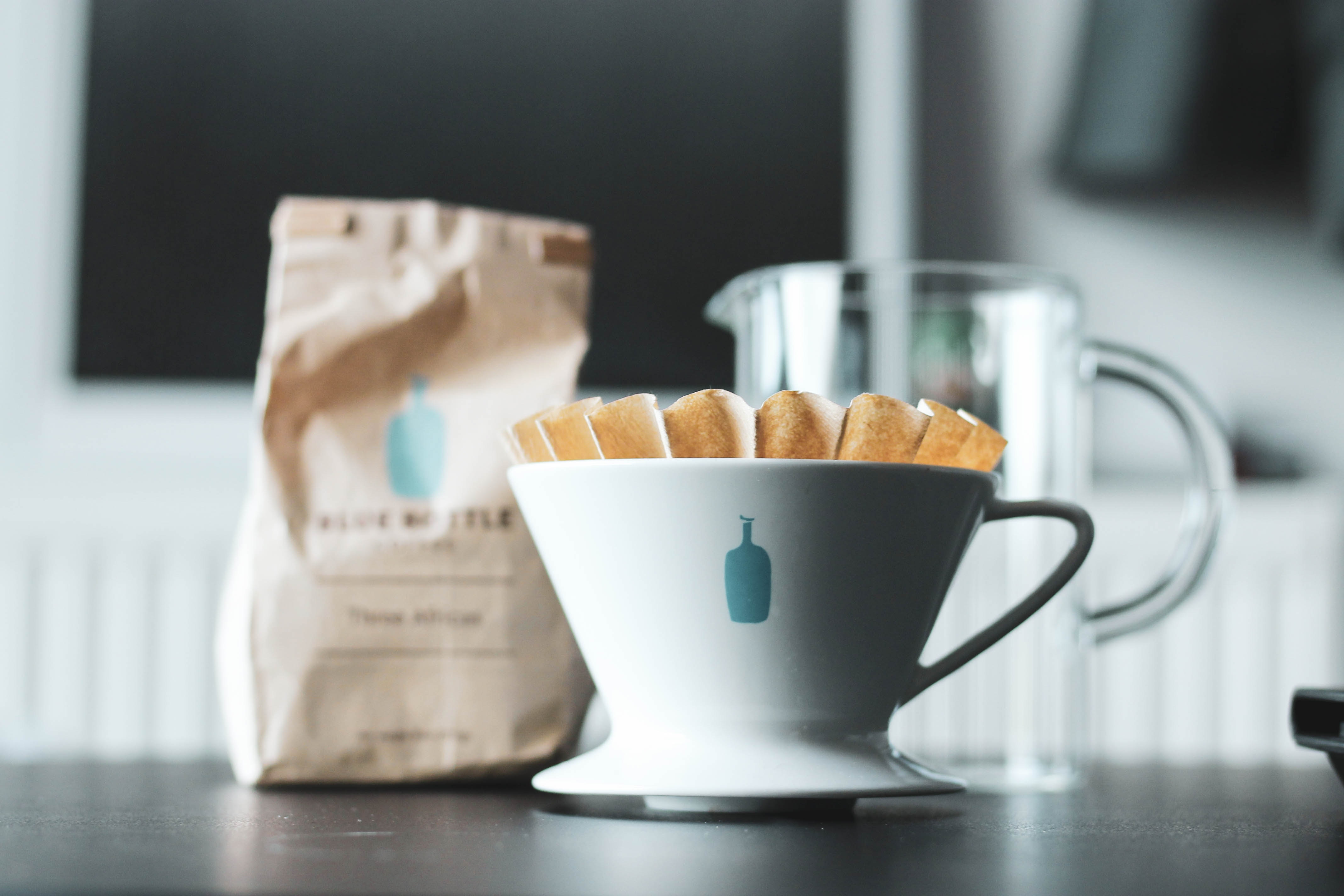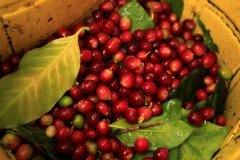Does drinking coffee cause cancer? How is acrylamide, a carcinogen in coffee, produced?

Professional coffee knowledge exchange more coffee bean information please follow the coffee workshop (Wechat official account cafe_style)
What you should know about food.
The roasting temperature of coffee can exceed 200 degrees, which is enough to produce acrylamide, but in fact, the content of acrylamide per 100 milliliters of coffee is only about 5 to 20 micrograms, moderate drinking will not cause harm to the human body.
Author = Fang Food Public Welfare Food Culture Education Foundation
In 2018, the California government announced that coffee products sold in California need to be marked with warnings related to acrylamide (acrylamide) to remind consumers that acrylamide will be consumed when drinking coffee. Acrylamide does have a certain degree of health concern. Many cell and animal experiments have found that acrylamide can destroy DNA, damage cells and cause cell cancer, but so far there is not enough epidemiological evidence. The carcinogenicity of acrylamide to humans cannot be established, so the World Health Organization has listed it as a class 2A carcinogen to remind acrylamide of potential health problems.
Acrylamide is the product of Mena reaction. "reducing sugar" reacts with "asparagine" at high temperature (more than 120 °C). The roasting temperature of coffee can exceed 200 degrees, which is high enough to produce acrylamide. therefore, drinking coffee does have a chance to ingest acrylamide. information from the European Food Safety Agency also shows that coffee is one of the major sources of acrylamide for adults in Europe.
However, there are many factors that affect the content of acrylamide in coffee processing, and if you master these factors, acrylamide can be greatly reduced:
1. Defective beans: the study found that immature coffee fruits have higher asparagine content in coffee beans, so more acrylamide will be produced in subsequent roasting.
2. Roasting degree of coffee: acrylamide needs raw materials to be formed, and the content of asparagine in coffee beans will be produced in large quantities in the early stage of baking, but when the temperature reaches more than 180 degrees in the middle stage of baking, acrylamide will decrease due to thermal degradation.
3. Brewing method: acrylamide is soluble in water, so cooking methods that shorten cooking time, such as "dripping", can reduce the dissolution of acrylamide, and the content of acrylamide in coffee liquid is also lower.
Although coffee contains acrylamide, in fact, per 100 milliliters of coffee, acrylamide content is only about 5 to 20 micrograms, if you are worried, you can drink the right amount, in the normal amount of drinking should not cause human harm.
Important Notice :
前街咖啡 FrontStreet Coffee has moved to new addredd:
FrontStreet Coffee Address: 315,Donghua East Road,GuangZhou
Tel:020 38364473
- Prev

Five brewing appliances recommended for beginners_The difference between a French pressure pot and a siphon pot
Professional coffee knowledge exchange More coffee bean information Please pay attention to coffee workshop (Weixin Official Accounts cafe_style) The same kind of coffee beans will produce different flavors due to the different types of brewing appliances used. Each barista has his own preferences, of course, some places will also choose the right utensils according to customer preferences and requirements. Today's small series has sorted out these
- Next

Peruvian coffee prices are low, organic coffee certification is difficult! Coca farmers give up their crops and plant coca
Professional coffee knowledge exchange more coffee bean information follow coffee workshop (Wechat official account cafe_style) Peru's main coffee association says that Peruvian coffee growers are abandoning their farms to grow coca, the main ingredient of cocaine, because of falling coffee prices and slow certification of organic beans. The National Coffee Federation (JNC) said that to
Related
- Beginners will see the "Coffee pull flower" guide!
- What is the difference between ice blog purified milk and ordinary milk coffee?
- Why is the Philippines the largest producer of crops in Liberia?
- For coffee extraction, should the fine powder be retained?
- How does extracted espresso fill pressed powder? How much strength does it take to press the powder?
- How to make jasmine cold extract coffee? Is the jasmine + latte good?
- Will this little toy really make the coffee taste better? How does Lily Drip affect coffee extraction?
- Will the action of slapping the filter cup also affect coffee extraction?
- What's the difference between powder-to-water ratio and powder-to-liquid ratio?
- What is the Ethiopian local species? What does it have to do with Heirloom native species?

